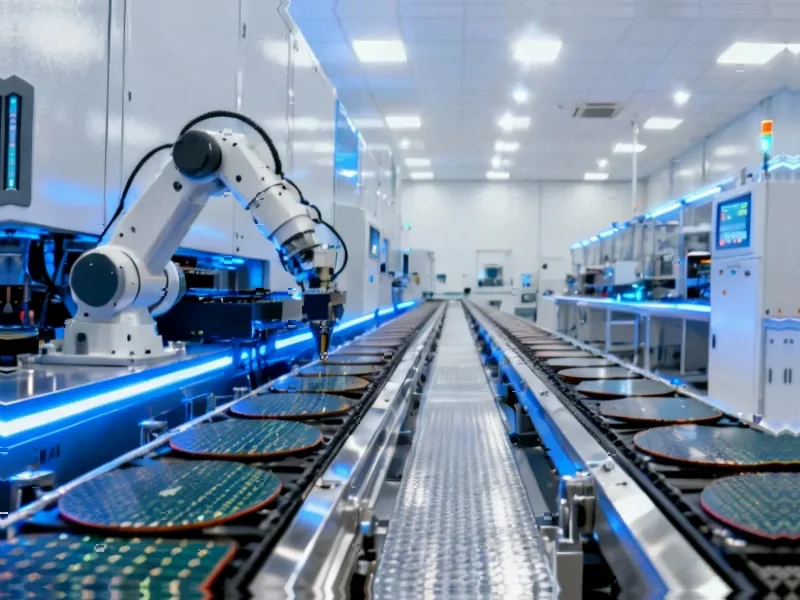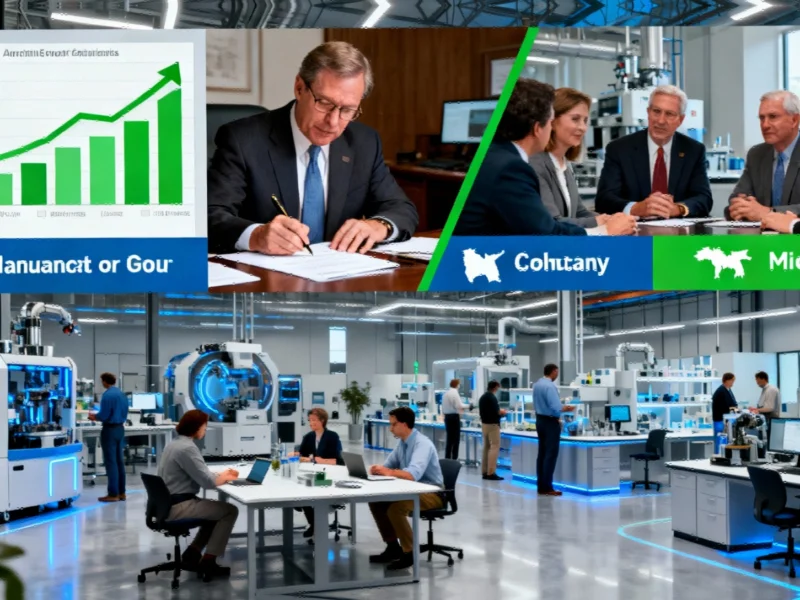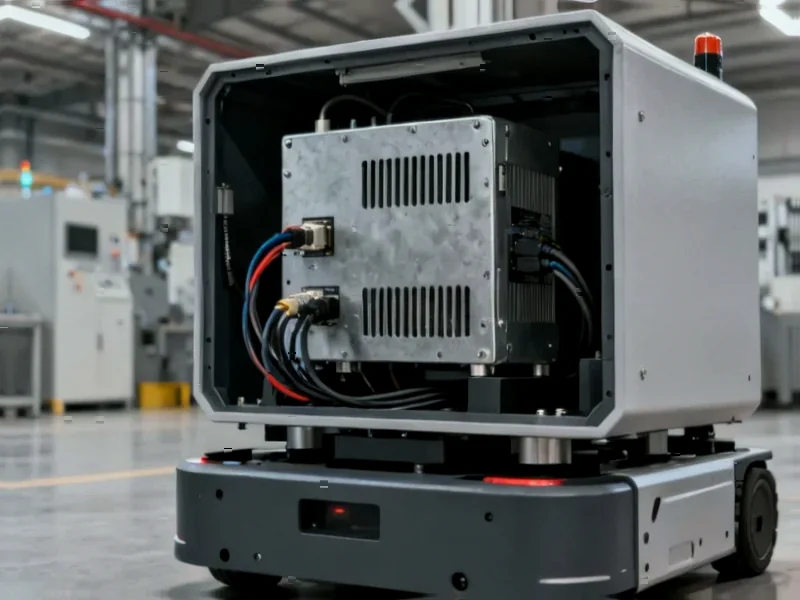According to CNBC, global automakers are bracing for production disruptions due to potential shortages of automotive semiconductor chips from Netherlands supplier Nexperia, which is owned by Chinese company Wingtech Technology Co. Honda Motor became the first known automaker to reduce production this week, while Volkswagen stated it has until at least next week before supplies impact its manufacturing. Stellantis CEO Antonio Filosa revealed the company has established a cross-functional “war room” managing the situation day-by-day, calling it an “industry-wide global issue.” The industry had hoped for relief from recent meetings between U.S. and Chinese leaders, but no resolution on the chip issue has emerged. This latest crisis demonstrates how geopolitical tensions continue to threaten automotive supply chains.
Table of Contents
The Geopolitical Tinderbox
What makes this semiconductor shortage particularly concerning is its geopolitical underpinnings. Unlike the COVID-era shortages driven by supply chain disruptions and demand surges, this crisis stems directly from U.S.-China technology competition. Nexperia’s ownership structure—a Dutch company ultimately controlled by Chinese entity Wingtech Technology—places it squarely in the crosshairs of ongoing trade restrictions and national security concerns. The automotive industry finds itself caught between two economic superpowers, with China’s manufacturing dominance and America’s technology controls creating an impossible squeeze. This isn’t merely a supply chain issue; it’s a manifestation of deeper strategic competition that automakers have limited ability to influence.
Structural Vulnerabilities Exposed
The automotive industry’s reliance on just-in-time manufacturing and single-source suppliers creates systemic fragility that these geopolitical shocks exploit. While companies like Honda have sophisticated supply chain management, they remain vulnerable to disruptions in specialized components like the Nexperia chips. These aren’t commodity semiconductors but highly specialized automotive-grade chips designed for specific functions in vehicle systems. The industry’s transition toward electrification and advanced driver assistance systems has dramatically increased chip dependency per vehicle, making each shortage potentially more damaging than previous crises. The “war room” approach acknowledges that traditional supply chain management tools are insufficient for navigating politically-driven disruptions.
The Production Line Impact
When semiconductor shortages hit, the consequences ripple through assembly line operations in ways that extend far beyond delayed deliveries. Modern vehicle manufacturing relies on precisely timed component flows, where a missing $5 chip can halt production of a $40,000 sedan. The cascading effects include workforce management challenges, inventory buildup of partially completed vehicles, and contractual penalties with suppliers and dealers. More concerning is the potential for quality compromises if manufacturers attempt workarounds or rush alternative sourcing. The industry learned hard lessons during the 2021-2022 chip crisis about the dangers of production stoppages, which is why companies are now implementing proactive crisis management rather than waiting for shortages to materialize.
Long-Term Strategic Shifts
This recurring crisis will likely accelerate several structural changes within the automotive sector. We’re seeing increased vertical integration, with automakers forming deeper partnerships with chip designers and foundries. There’s growing interest in developing more standardized, interchangeable semiconductor architectures rather than relying on proprietary components from single suppliers. The geopolitical dimension also pushes manufacturers to diversify sourcing away from geopolitical flashpoints, even at higher cost. What’s becoming clear is that the era of treating semiconductors as just another component in the supply chain is over—they’re now strategic assets requiring board-level attention and geopolitical risk assessment.
Navigating an Uncertain Future
The immediate challenge for automakers is balancing production continuity against the reality that these geopolitical tensions show no signs of abating. The “war room” mentality represents a necessary but costly adaptation—diverting executive attention and resources from innovation to crisis management. Longer term, the industry faces difficult decisions about supply chain resilience versus cost efficiency. Companies that successfully navigate this environment will likely emerge with more robust, geographically diversified semiconductor sourcing strategies, but the transition period will test even the most sophisticated manufacturers. The automotive industry’s dependence on politically sensitive technology components has become a permanent feature of the competitive landscape.



